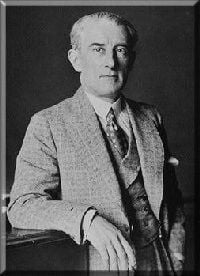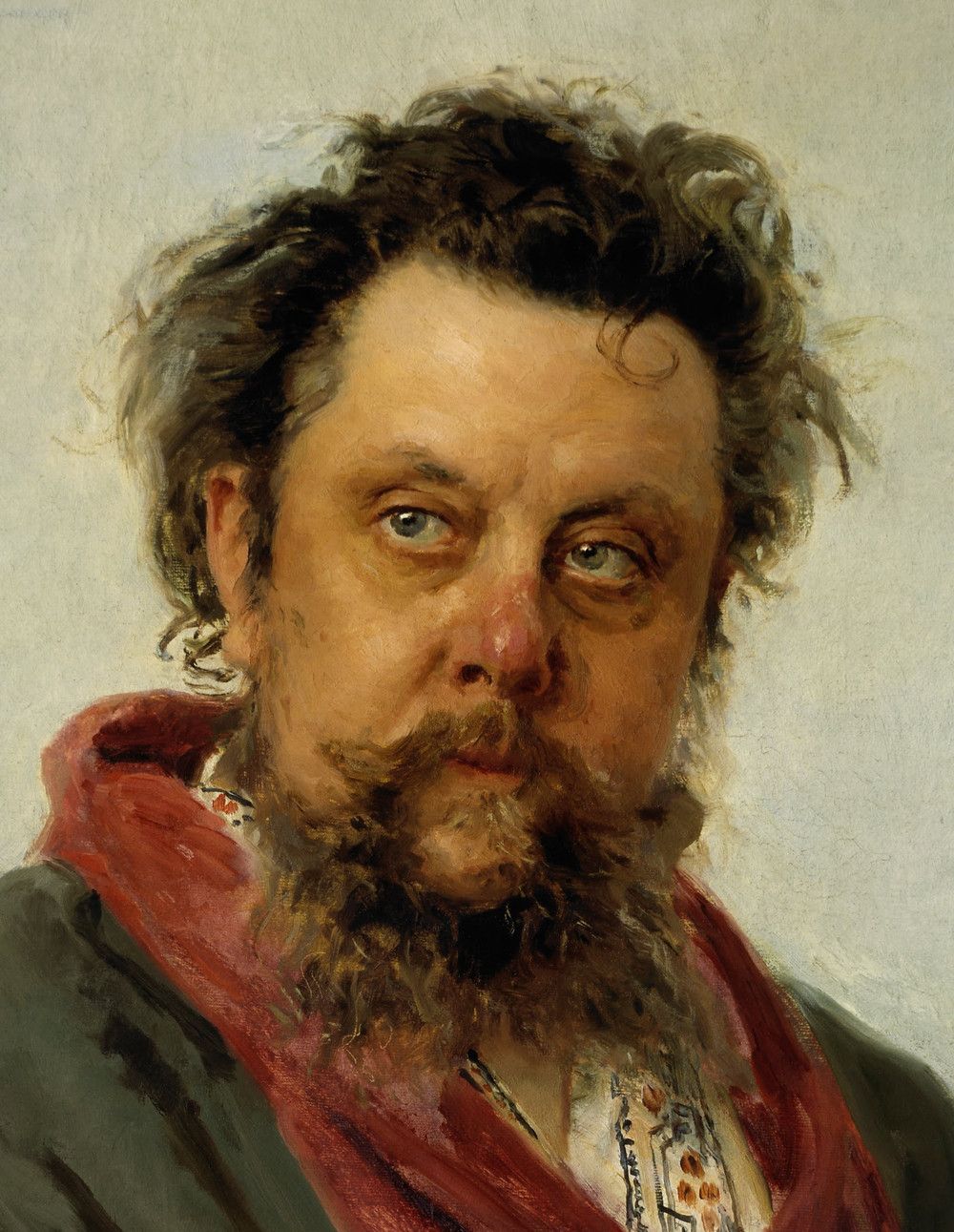Sergey Rachmaninov was the last, great representative of the Russian Romantic tradition as a composer, but was also a widely and highly celebrated pianist of his time. His piano concertos, the Rhapsody on a Theme of Paganini, and his preludes famously test pianists' skills. His Symphony No. 2, the tone poem Isle of the Dead, and his Cello Sonata are also notable. The passionate melodies and rich harmonies of his music have been called the perfect accompaniment for love scenes, but in a greater sense they explore a range of emotions with intense and compelling expression.
Sergey Vasilyevich Rachmaninov, born in Semyonovo, Russia, on April 1, 1873, came from a music-loving, land-owning family; young Sergey's mother fostered the boy's innate talent by giving him his first piano lessons. After a decline in the family fortunes, the Rachmaninovs moved to St. Petersburg, where Sergey studied with Vladimir Delyansky at the Conservatory. As his star continued to rise, Sergey went to the Moscow Conservatory, where he received a sound musical training: piano lessons from the strict disciplinarian Nikolay Zverev and Alexander Siloti (Rachmaninov's cousin), counterpoint with Taneyev, and harmony with Arensky. During his time at the Conservatory, Rachmaninov boarded with Zverev, whose weekly musical Sundays provided the young musician the valuable opportunity to make important contacts and to hear a wide variety of music.
As Rachmaninov's conservatory studies continued, his burgeoning talent came into full flower; he received the personal encouragement of Tchaikovsky, and, a year after earning a degree in piano, took the Conservatory's gold medal in composition for his opera Aleko (1892). Early setbacks in his compositional career -- particularly, the dismal reception of his Symphony No. 1 (1895) -- led to an extended period of depression and self-doubt, which he overcame with the aid of hypnosis. With the resounding success of his Piano Concerto No. 2 (1900-1901), however, his lasting fame as a composer was assured. The first decade of the 20th century proved a productive and happy one for Rachmaninov, who during that time produced such masterpieces as the Symphony No. 2 (1907), the tone poem Isle of the Dead (1907), and the Piano Concerto No. 3 (1909). On May 12, 1902, the composer married his cousin, Natalya Satina.
By the end of the decade, Rachmaninov had embarked on his first American tour, which cemented his fame and popularity in the United States. He continued to make his home in Russia but left permanently following the Revolution in 1917; he thereafter lived in Switzerland and the United States between extensive European and American tours. While his tours included conducting engagements (he was twice offered, and twice refused, leadership of the Boston Symphony Orchestra), it was his astounding pianistic abilities which won him his greatest glory. Rachmaninov was possessed of a keyboard technique marked by precision, clarity, and a singular legato sense. Indeed, the pianist's hands became the stuff of legend. He had an enormous span -- he could, with his left hand, play the chord C-E flat-G-C-G -- and his playing had a characteristic power, which pianists have described as "cosmic" and "overwhelming." He is, for example, credited with the uncanny ability to discern, and articulate profound, mysterious movements in a musical composition which usually remain undetected by the superficial perception of rhythmic structures.
Fortunately for posterity, Rachmaninov recorded much of his own music, including the four piano concerti and what is perhaps his most beloved work, the Rhapsody on a Theme of Paganini (1934). He became an American citizen a few weeks before his death in Beverly Hills, CA, on March 28, 1943.








